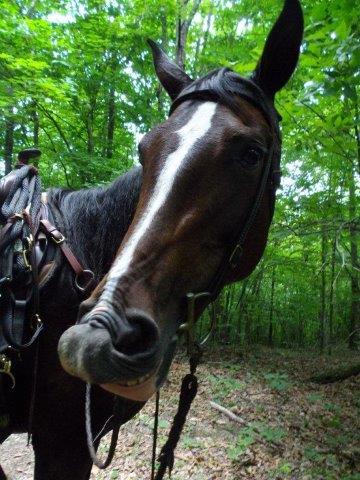 Veteran
Posts: 136
 
Location: Watertown, TN | First advice I would give is: DON'T FORGET WHEN TURNING, THE TRAILER TRACKS INSIDE THE TRUCK. I've seen lots of torn up running boards, fenders, mailboxes, etc. because the driver forgot to swing wide. Even if they are used to pulling a BP, remember the GN tracks a tighter turn radius. |
Expert
Posts: 5870
      
Location: western PA | The first issue to contend with, assuming all the mechanicals and truck towing capacity are properly addressed, is the turning radius of the rig. Because the trailer pivots over the truck instead of behind it, and a longer wheel base results, you will find that the trailer doesn't follow the same path as the towing vehicle. On open roads this is not an issue. If you are on suburbia secondary road conditions, you may find that the trailer wheels are pulled over curbs and dropped off the edge of the pavement, as you learn how the trailer follows the truck. You will find that you may have to go past your normal turning point before entering a curve, swinging wider and later than normal, to allow the back end to clear the corner. Having your outside mirrors properly adjusted and keeping an eye on things will help your learning curve. Backing the trailer is a little more difficult if you are used to a BP trailer. The longer wheel base means it's more difficult to turn sharply. But you will have the advantage of when you're in the turn, there's little chance of damaging the trailer from jackknifing the two units. Depending on the truck's bed length, you may be able to turn a full 90 degree without any cab interference, an impossible move with a BP. One thing to consider when making this tight a turn; if the trailer is heavily loaded and your tire pressures are not up to snuff, the sideways scuffing of the tires can actually pop them off their beads and cause a blow out. On dry rough road surfaces, at extreme towing angles, this is a concern not to ignore. In the worse case senario, mechanical damage can be caused to the axles and supporting structure. The trailer will seem very large, as your main rear view mirror will only show the large nose of the trailer. This differs from a BP towing, with a greater space between the vehicles. You will also notice how steady the ride will be, usually much smoother than a BP. Side winds and oncoming traffic will have very little affect on the trailer's stability. Just like your first experience towing any trailer, it just takes some miles to get used to things. Good side mirrors, properly adjusted, make a large difference. They have to be wider than your trailer. You will need them whilst passing, backing and encountering tight turns. We adjust ours to show the road at the trailer tires and the entire sides of the trailer. Your in cab mirror will become useless. By the time you get home, you should be able to relax and enjoy the secure ride and open road travels. The rest takes a little time and will come with practise. Hope you enjoy your new trailer. |
 The first gooseneck
The first gooseneck The first gooseneck
The first gooseneck